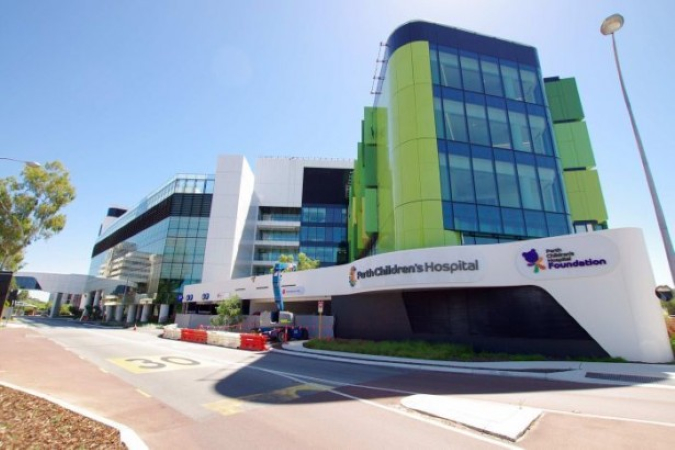13
Aug 2018
After 3 Years of Disease and Contamination Scares, Perth Children’s Hospital to Open
Published in News on August 13, 2018

Originally set to open in 2015, the Perth Children’s Hospital is finally accepting patients as of mid-May this year. In a project costing $1.2 billion, the three years of delays were due to such things as contamination from asbestos, lead, and two suspected cases of Legionella disease. Attending the opening were 300 guests, including the Health Minister and the WA Premier. As a welcome relief to the political divide, the two were joined by Colin Barnett, the former premier.
The Grand Opening Declared a “Victory”
Health Minister, Roger Cook, promoted the opening as a celebration of victory for hospital staff, patients and the families of patients as well. He went on to state that the hospital was opened with a “great sense of pride” and, of course, a great deal of relief. He then went on to acknowledge all who had a part in working hard to bring them to this point in time after a rocky three years of delays and doubts. Mr Cook said that the opening would be staggered and that outpatients would be accepted first with surgical patients being admitted two weeks later. In mid-June, the emergency department was opened, and the date was set to coincide with the closing of a 108-year-old facility, The Princess Margaret Hospital.
Water Samples Yielded Legionella Bacteria
Recently, almost half the water samples from various locations (45 of 100) produced legionella bacteria, which was a grave concern. The problem was first noted in October of 2017 and was a part of the delay which put the target opening off even longer than originally estimated. The Minister was, however, quick to reassure the public that the latest water samples had been found to be clear of the disease-causing bacteria and that the water had been tested thoroughly. Mr Cook went on to say that all problems had most definitely been resolved and after two weeks of “rigorous testing”, he concluded that legionella bacteria were no longer present.
Even so, the Minister did admit that the bacteria issue was a fix that was much easier than the earlier asbestos and lead contamination issues. It was a simple matter of flushing and re-flushing the system with chlorine and that now children and their families could be secure in knowing the issue had been resolved. Unfortunately, the other problems took a much longer time to correct.
An End to a Long Line of Concerns
Sitting idle, the children’s hospital was costing the government approximately $6 million per month, which was inclusive of power and utility bills, as well as almost three-quarters of a million to Capella Parking in light of car bays which remained empty.
Then there were problems with the childcare facility located on site as well as the isolation rooms, a unit for mental health, and the delivery of anaesthetic gas. Along with the other issues of contamination and the finding of legionella bacteria, the delay in opening was prolonged well beyond all estimated timelines.
A Total Cost of $115 for Delays
In a statement given by Mike Nahan, Opposition Leader, he stated that the facility was indeed “world class” and then went on to offer congratulations to anyone who was a part in the construction and opening of the building. He also said that he was happy that it was finally open and that all West Australians had every reason to be proud of their new children’s hospital.
As a final note, the government could not confirm whether or not John Holland, the building general contractor would be the target of any legal action which resulted in these lengthy delays. Originally sought was $300 million as compensation for changes to the hospital plans, which were made after the commencement of construction. If legal action is taken, news will be released to the general public. At this point, everyone is overjoyed that the facility is finally open.









